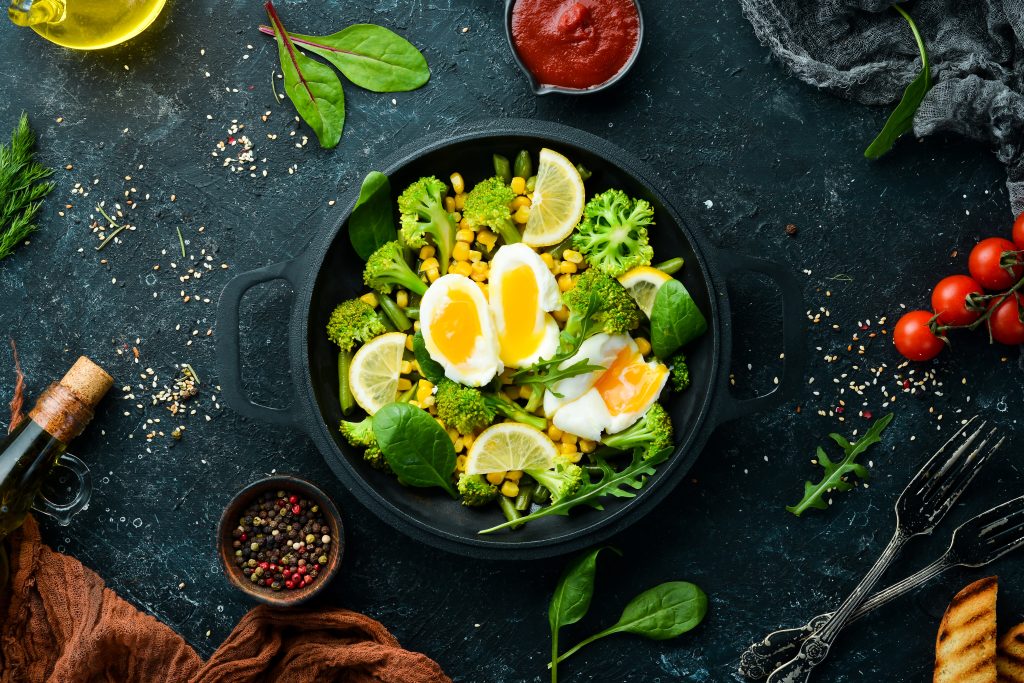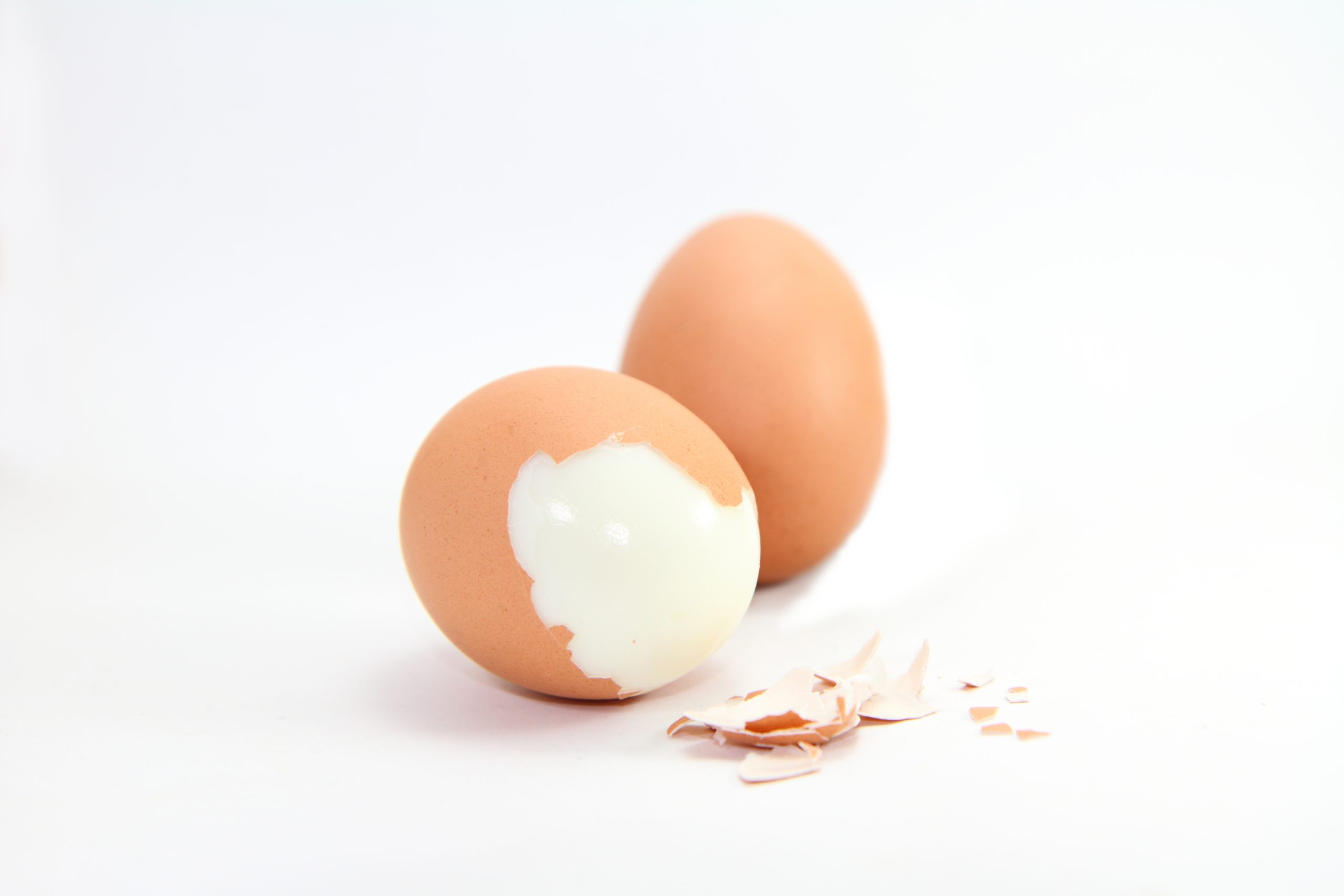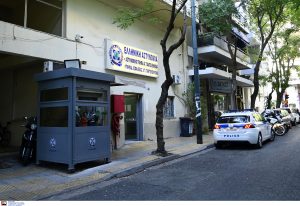A group of Italian scientists has cracked the secret of how to boil a perfect egg.
The catch? It takes 32 minutes, two containers of water held at different temperatures, and a fastidious chef moving the egg between the containers every two minutes.
“It’s long, we know, but it’s worth it,” said Ernesto Di Maio , a professor of materials engineering at the University of Naples Federico II, who says it is now his go-to method.
Di Maio usually explores how to layer different plastic foams for applications like maximizing impact protection in helmets, but one day, a colleague challenged him to look into layered foods instead, and the egg project was born.
The scientists aimed to cook an egg evenly throughout. The conundrum was that an egg’s layers—its yellow yolk and white albumen—cook at different temperatures. Eaters risk a chalky yolk if they want a fully cooked white, or a runny white if they want a creamy yolk.
To achieve perfection, Di Maio’s group, aided by mathematical models, simulations and experiments, invented “periodic cooking,” a method that calls for starting an egg in a pan of boiling water, leaving it there for two minutes, transferring it to a bowl of tepid water at 86 degrees Fahrenheit for another two minutes, and repeating the cycle eight times.
That’s 16 steps.

The goal is to keep the yolk at a consistent temperature of around 149 degrees Fahrenheit while still cooking the white, which usually needs to reach 185 degrees Fahrenheit to cook.
The group, who recently described the technique in the journal Communications Engineering, tested around 350 fresh hen eggs purchased from a supermarket in Naples.
“Very few were eaten or even tasted,” said Pellegrino Musto , a study co-author and director of research at Italy’s National Research Council. “Most of them were analyzed.”
The winning eggs had a velvety yolk and solid white. An analysis of their chemical makeup revealed that the periodically cooked eggs, compared with other cooking methods, contained more polyphenols—micronutrients that occur naturally in yolks and have been linked to health benefits such as decreased cardiovascular disease risk and anti-inflammatory effects.
“I think that was the most surprising part for us, the nutritional content increase,” said Emilia Di Lorenzo , one of the study co-authors from Di Maio’s university.
David Arnold , founder of the Museum of Food and Drink in Brooklyn who once cooked eggs in their shells at 11 different temperatures to test the outcomes, isn’t convinced that most people will be willing to fiddle with an egg for that long.
Justin Moy , a bioinformatics Ph.D. student at Boston University, came across the technique online on a snowy February afternoon and did try it at home with his grandmother.
“It was probably the best egg that we’ve ever tasted,” Moy said. “I would absolutely follow this method again.”
But, he said, he might save it for a special occasion.
Write to Aylin Woodward at aylin.woodward@wsj.com



